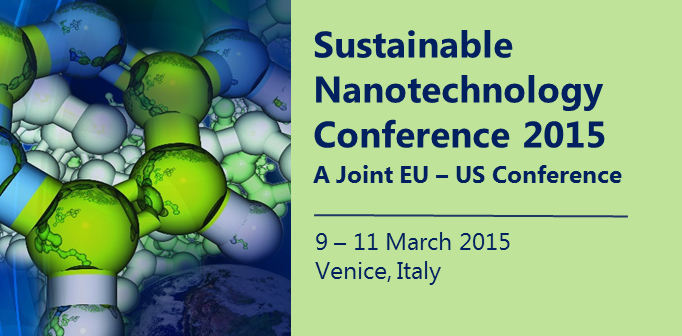Speaker
Wendel Wohlleben
(BASF SE)
Description
Giventhe vast number and diversity of materials considered as nanomaterials (NM) by the EC nanodefinition, hazard and risk assessments of each and every variant of NM are impracticable, undesirable and stand in contradiction to the legal requirement to reduce animal testing. A comprehensive multiple perspective framework combines grouping by intrinsic material properties, grouping by use, release and route of exposure, grouping by system-dependent properties (‘bio-physical interactions’), grouping by uptake, biodistribution and biopersistence and grouping by early cellular and apical biological effects. Thereby, the multiple perspective framework moves away from grouping by intrinsic structure only. In the present talk, well-known benchmark NMs from the OECD sponsorship program are proposed to assign the above properties to tiers and to represent the four main groups of: passive NM, active NM, HAR NM, soluble NM. Due to the use of system-dependent properties in tier 2 (such as surface reactivity and dissolution in simulant fluids), some intrinsic properties that are often considered as essential (such as crystallinity) are not required to place a NM into the correct group. Case studies on less well-known but widespread NMs (organic pigments) challenge the tiered grouping scheme, with validation by in-vivo data.
